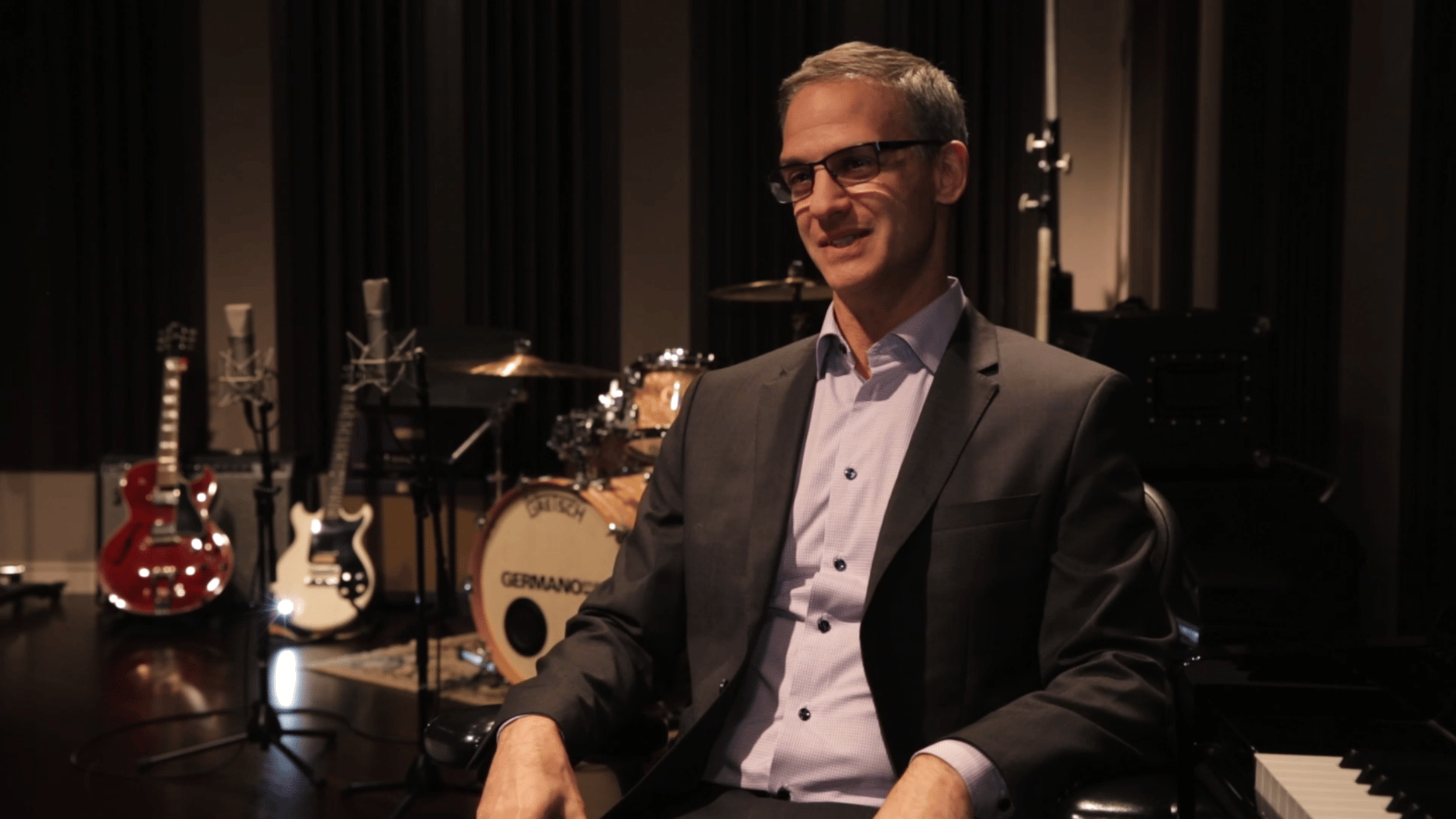Nevin Steinberg - Broadway Sound Designer

Sennheiser’s Pro Talk Series on YouTube features interviews with the industry’s most respected sound professionals, including Tony Award-nominated Broadway Sound Designer, Nevin Steinberg, whose long list of smash hits include “Hamilton,” “Rodgers and Hammerstein’s Cinderella” and “Dear Evan Hansen.”

For Steinberg, success stems from his ability to take something old – like the acoustics of Broadway’s collection of Depression-era theatres – and create a beautiful new masterpiece of sound.
“I think all Broadway theatres present a lot of challenges, both acoustically and technically, but mostly architecturally,” he explains. “Designing sound in a building that’s meant for the unamplified voice and unamplified music can be tricky. There’s always a dance that you do to honor the architecture and then also trying to overcome it as much as you can. But there are theatres I’ve worked in several times, so there’s a wonderful history in those spaces; then I’m applying new techniques, or maybe there’s new equipment, and I’m going at it fresh.”
Such has been the case for “Hamilton,” which is staged at the Richard Rodgers Theatre, where Steinberg has designed shows five or six times. “There’s a certain obsessive quality to what we (Sound Designers) do, and I think that’s what makes some of us succeed,” he says. “You don’t tire of the pursuit of something better, and I guess that’s what keeps you coming back. As long as you have that motivation, hopefully you’ll serve everyone well. If you’re lucky, you’re chosen to participate in making new plays and musicals, but that’s especially tough because they are completely unformed. Even so, my dream plays/musicals are the ones that haven’t been written yet.”
For Steinberg, who is forever in search of new stories, writers, material and venues, the opportunity to work on “Hamilton” has been a dream come true. “I know it seems like the obvious choice, but Hamilton is one of my favorite projects,” he adds. “The thing that people may not know about Hamilton, besides that it is a huge cultural success – the people who made it are excellent people and I’ve been fortunate to work with them on other projects as well. So, this is the culmination of a working relationship over many years. To be part of that team on a daily basis, it’s very hard to describe. If you’ve ever played team sports, you might understand it, that feeling of everybody pulling in the same direction and achieving a common goal. All of those clichés are absolutely true. I only wish that people who see the show could also get a feel for that environment.”

Steinberg’s background as a theatrical musician has given him an alternative approach to the role of a Sound Designer. “My favorite audio equipment actually ranges rather widely,” he explains. “I tend to use a lot of manufacturers on my shows – even on one show, not just across shows. There’s no brand in the sound world that isn’t worth listening to and, depending on the project, I’ll mix and match. And, I love finding new gear. It’s what I like to call a solution in search of a problem. I’ll go to tradeshows, I’ll read the trades, I go to manufacturers’ demos. I like to absorb all that information. I may not rush out and immediately tell someone to buy the equipment and use it on a show, but all of that information is good information to have.” Sennheiser plays a big role in Steinberg’s daily life as a Broadway Sound Designer.
“I use Sennheiser on all my shows. I always have, since I became a Sound Designer in the 90s. I don’t think I’ve ever done a show that hasn’t used some Sennheiser wireless on it, and it continues to be an important part of the toolkit for everything I do. The Sennheiser 9000 series is a huge success in terms of bang for the buck. But, also, when applied as the right tool for the right show and the right people – it’s an unqualified success.”
This outlook of finding a solution to a not-yet-existent problem aligns perfectly with Steinberg’s mantra. “I try to remind myself every day to try to play offense, not defense,” he says. “I say that to my staff and crew a lot, and I try to remind myself of that when I walk into a theatre. To use that pressure and continue to thrive, I think that’s something you can do regardless of your circumstances. When the curtain rises and the orchestra starts to play, or the actor starts to speak or sing, I try very hard to reduce all of the noise and make myself just an audience member in that seat that night.”